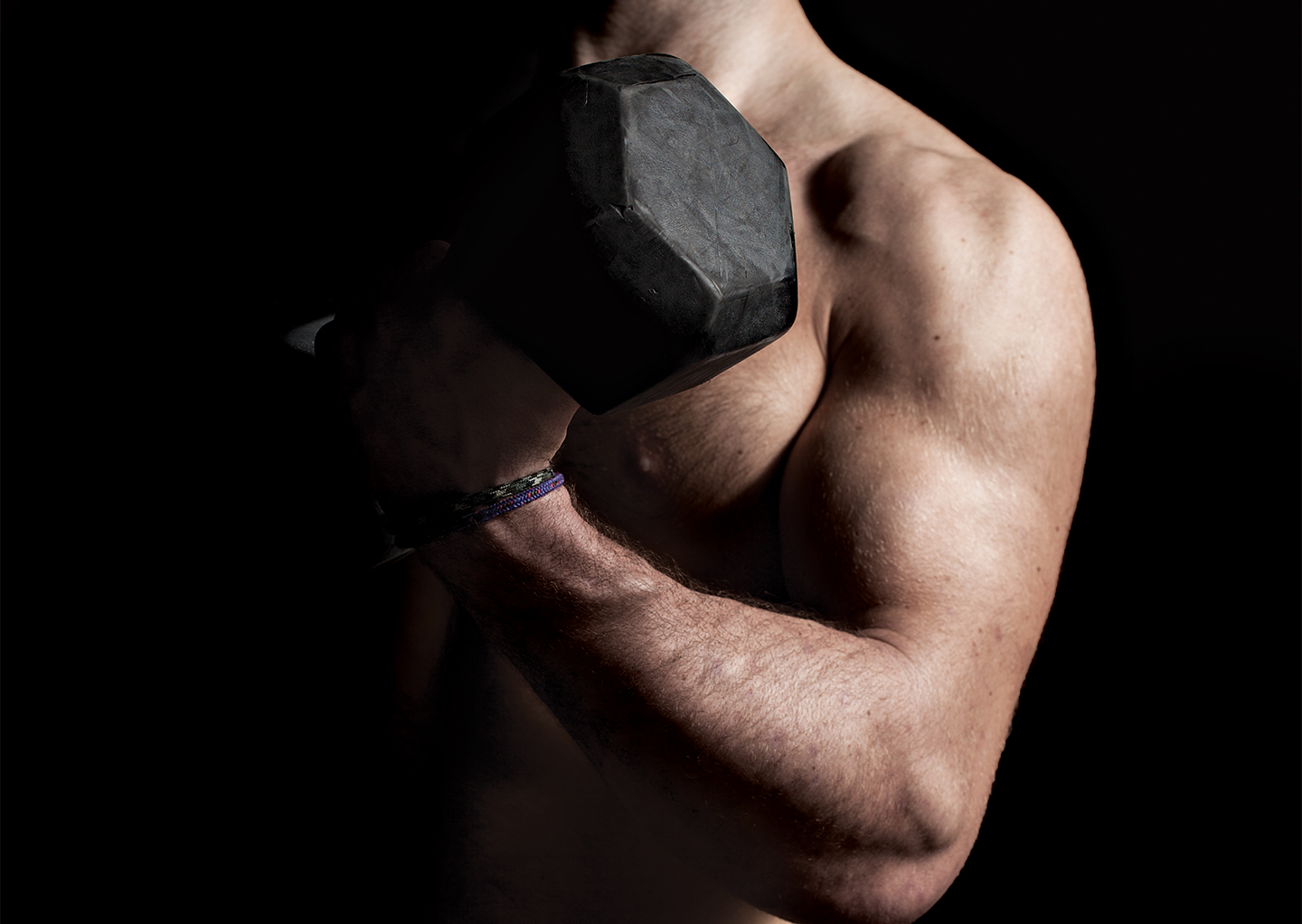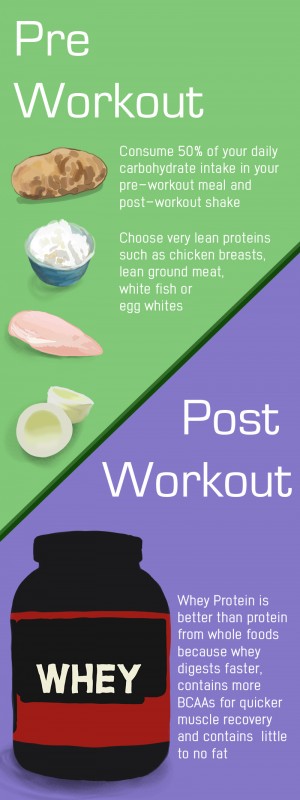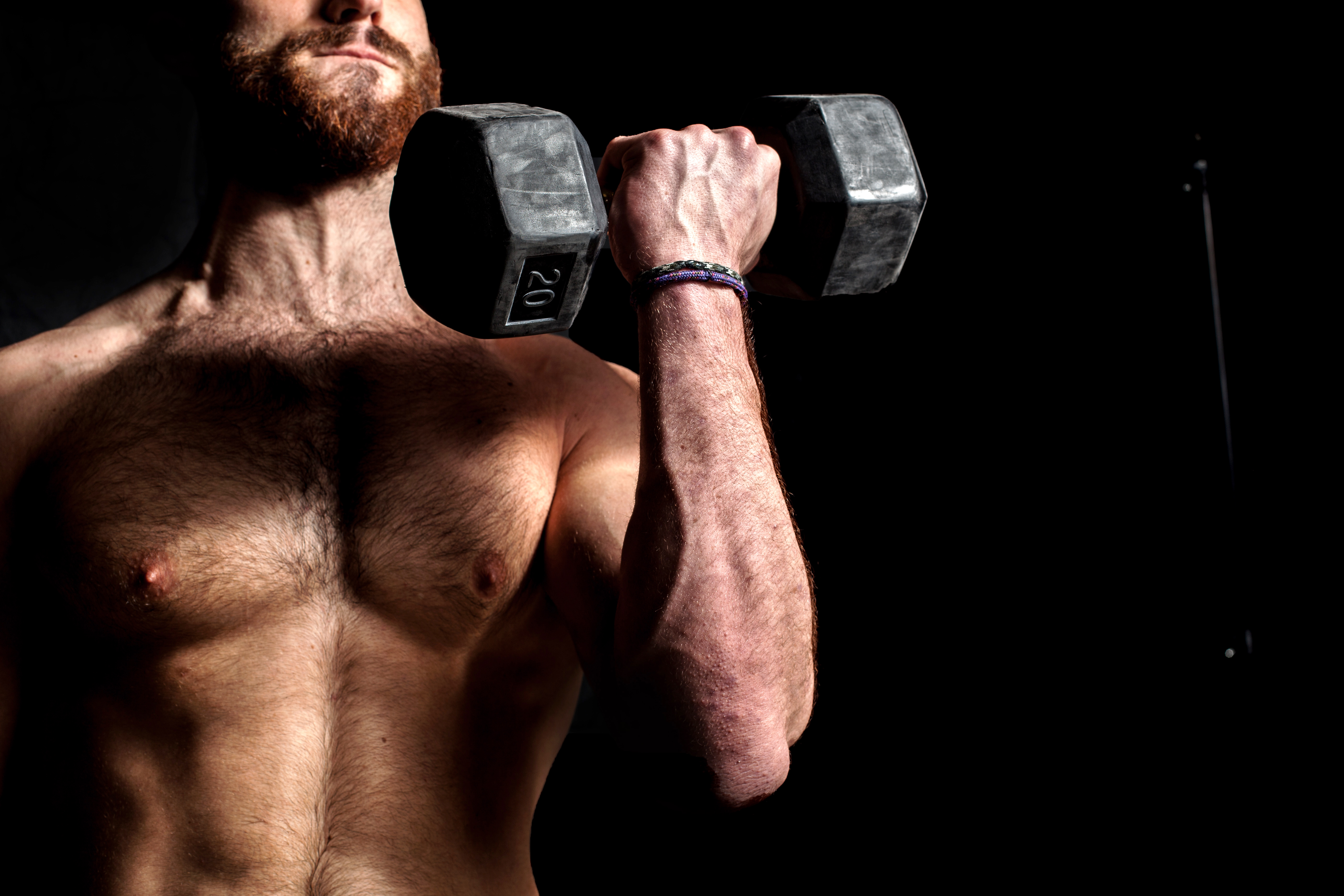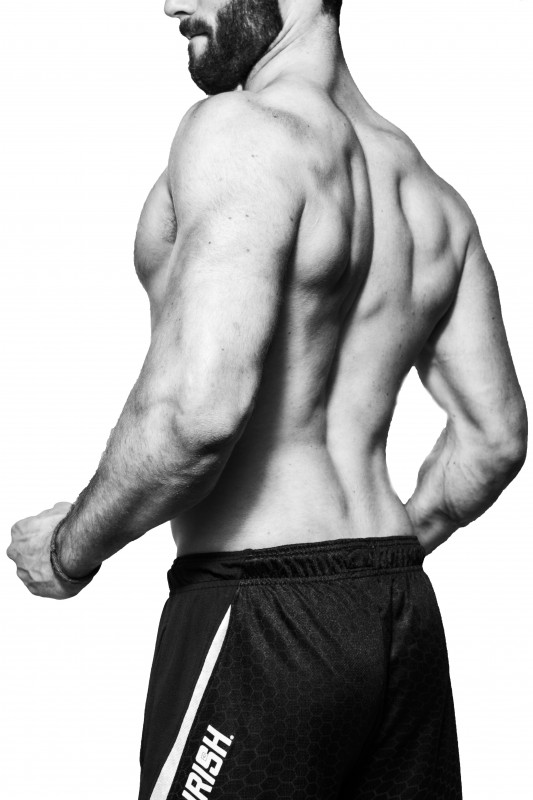Getting into the workout groove

Staff writer Manjot Bhullar explores the world of fitness and how you can get involved

At the mall, have you ever found yourself unable to make a big clothing purchase because you think, “what if I lose weight?” or “what if I gain muscle?”
For years, thoughts about being more active have gone through my head, but I’ve never done anything about it. This doesn’t put me in much of a position to tell you what to change in your life, but over the past few weeks I have been enlightened.
Speaking with Wilfrid Laurier University students, alumni and trainers, I have looked into how to take fitness more seriously. There are numerous avenues you can use to educate yourself on how to get started in any type of fitness. There are also many online resources available with diet or workout plans to choose from; it’s all in determining which will work best for you to reach your personal goals.
“The best and worst thing about it is that there’s nothing you can’t find on the Internet,” said Greg Nyhof, a student leader, fit centre coordinator who previously played football at Laurier.
Looking back to when he began working out eight years ago, Nyhof reaffirmed that “everyone makes mistakes and eventually you get pushed into the right direction.” Students have to seek out the right information and find the training methods that best suit their body.
Overcoming a lack of motivation
Over the past few summers, I have tried to force myself into a routine of working out. And if any of you know me, you also know that clearly hasn’t worked. As May comes around, I am faced with the ever so daunting realization that beach weather is upon us. I jump headfirst into a strict diet and workout plan, one that I’m rarely still following come September.
I sought out the help of personal trainer Alex Bartlett of Pure Strength Athletics, to give me some insight.
“The first two to four weeks is a big learning curve for clients, but once they get into the swing of things, their body adapts,“ Bartlett said.
Having grown up as an overweight child, Bartlett mentioned he was able to identify what he wanted to look like and worked his way backwards in setting a clear path to achieve this.
“Once you have a plan that you know to follow, you wake up everyday motivated to know the [little steps] will make a difference.”
Bartlett stressed the importance of the little things, like slowly taking out unhealthy foods and adding nutritious food to be healthier.
Alena Luciani, strength and conditioning coach at Laurier, explained when starting out a new routine, many people find themselves not knowing how often they should be working out if they’re new to fitness regimes.
“I think its important to go at least two to three times [a week]. I say that because if you do something once a week, it’ll take a lot longer to reap the benefits from that,” Luciani said.
You can’t out-train a poor diet
There are varying ratios, but it is widely known that your diet plays around 50 per cent, if not more, of a role in the effectiveness of your fitness routine and the ability to reach your goals.
The key is a gradual introduction of healthier options into your everyday life. Bartlett believes that by doing so, “your transition is more manageable.”
Healthy food is often viewed as tasteless and bland, however there are plenty of tasty options out there to research and try out. When deciding what to eat, fruits, vegetables, protein, whole grains and healthy fats should be the basis of your diet.
“Shopping the perimeter of a grocery store … and eating things that once had a face, flew or grew out of the ground is going to be your best bet,” Bartlett advised.
Luciani explained what exactly you should eat while maintaining a workout routine. She said fueling your body for a workout is like fueling a car.
“If you think about a car. You put fuel in before a workout,” Luciani said. “During the workout you burn through all that, and afterwards you have to put more fuel into your body so you can do it again tomorrow.”
Before working out, Luciani advises consumption of a carbohydrate that is going to sit well in your stomach along with some type of protein.
“Something meant to give you energy whether [it] is oatmeal or quinoa or sweet potato. Those are all really great sources of carbohydrates and complementing that with a little bit of protein, so a banana with peanut butter or almond butter. That has healthy fats and some proteins.”
As for after a workout, the focus changes to protein complimented with carbohydrates. Eating a chicken breast with a sweet potato can be a good meal. Mixing protein into smoothies is also helpful.
“The protein useful to rebuild your muscles and after the workout to help build that lean muscle mass and the carbs are to restore your energy,” Luciani explained.
Leading a healthy lifestyle can mean reducing your consumption of “bad foods,” those that add no health benefit and only hinder any progress you’ve bad. This also means alcohol.
“An active lifestyle means minimum alcohol intake … I never liked alcohol to begin with, but it’s still something I continuously give up to maintain my active lifestyle,” explained Kwaku Boateng, a third-year defensive end for the Laurier football team.
This does not mean you have to forego all of the delicious foods out there that may not be the most nutritious. Nyhof believes that you have to be able to indulge a little bit. He strays from his diet schedule 20 per cent of the time, whether it is in snacks or cheat meals. Then it becomes something you earn and learn to enjoy even more.

Common misconceptions about fitness
One of the most common deterrents to pursuing a fit and healthy lifestyle is what the media feeds us: unrealistic expectations, distorted views and results that have been attained through obsessive exercise, which regular people do not have the time for.
Nyhof encourages students to figure out what is attainable for them and to tailor a fitness plan around that goal. Not everyone is at the gym to achieve the same result. There isn’t one singular outcome from exercising at the gym, so a person shouldn’t be deterred from pursuing their goals or assume that their goals aren’t as important as someone else’s.
“I look around and not everyone is training the same way as I am and I’ve learned to be okay with that,” said Nyhof.
Luciani also addressed stigmas surrounding women who actively work out and how these stigmas can keep women from entering the gym.
“There definitely is a fear of a female to think if I pick up a weight I’m going to get big or bulky. Our bodies aren’t able to do that because we don’t produce the same hormones as men. Things work differently in our bodies,” she explained.
“We have so many resources for women and men to use whether it’s some of our classes or we have personal trainers that are super knowledgeable and are making fitness and exercise accessible for students here [at Laurier].”
Nyhof stressed that as long as you’re doing something that makes you happy and are taking the time to improve your health and fitness overall, that is what’s important.
Popular media often targets the twenty-something age demographic for short-term fitness plans and products. But for Boateng, active living isn’t just a fad.
“It keeps you healthy and I want to be healthy for as long as I can,” he said.
Personal fitness should be an ongoing journey, something that you are continuously chipping away at to maintain and grow and learn from. Over the years of training, Bartlett has encountered many clients that have been swayed by the eight-week or 12-week programs that promise drastic weight loss, but soon realize that this is not entirely realistic. Taking things in stride and accepting any positive change in your body is something to be celebrated.
Hitting the wall
There is no doubt you’ll hit a wall at some point in your workout journey. Your progress will slow down and you may become unmotivated to continue. Have you reached the peak fitness level possible? Have you pushed yourself as far as you can?
Luciani stressed the importance of setting goals and making a concrete plan so that progress doesn’t become stagnant.
“I think having a plan is the best thing to do to prepare for the gym. Finding something online that you’re excited to try, or a personal trainer, or finding a cool workout and trying it out with a few friends is really motivating,” she said.
She even pointed to the Nike training app as a beneficial tool to use when getting started.
“They have videos on there, so you can pause and see how an exercise is done. It’s kind of like having a mini personal trainer. There are workouts that use medicine balls and dumbbells and there’s some you just need a mat. There’s something for everyone.”
Bartlett reassures his clients that hitting a wall is bound to happen. Once your progress begins to slow, it is important to assess how to move forward and how to alter your fitness routine to adjust for this change.
“Nothing great has ever happened overnight,” Nyhof said.
What do students stand to gain from working out?
Taking care of our bodies not only benefits our outer appearance, but it’s just as important for our mental stability and academic success.
“My favourite thing to do when I’m stressed is grab my running shoes and go for a run,” Luciani said. “I’ve done it at all times of day, and even at 10 p.m. at night. Even if I go for 10, 20 minutes, I come back, take a deep breath and go back to tackling assignments. It provides so much clarity.”
In pursuing a healthy lifestyle, a person’s commitment “provides structure and discipline which can be instilled into your everyday life,” according to Bartlett.
“Bodybuilding and fitness is so much more than lifting weights.”
Barlett also highlights the social impacts that living a healthy lifestyle provides. A community of like-minded individuals who each care and push each other to reach their goals is something you may not expect of a facility full of heavy weights, but it is key to staying motivated and happy throughout your transition into a healthy lifestyle.
“Everyone’s your friend,” Bartlett said. “You’re there training. You’re there to help each other if someone needs it.”
You shouldn’t put a time stamp on your fitness. Your fitness should be a lifelong journey and goal. Bartlett hopes his clients plan to continue long after they’ve completed his training. Through increased understanding of your body and which foods you should be eating, you can maximize your progress and help you to enjoy the lifestyle.



